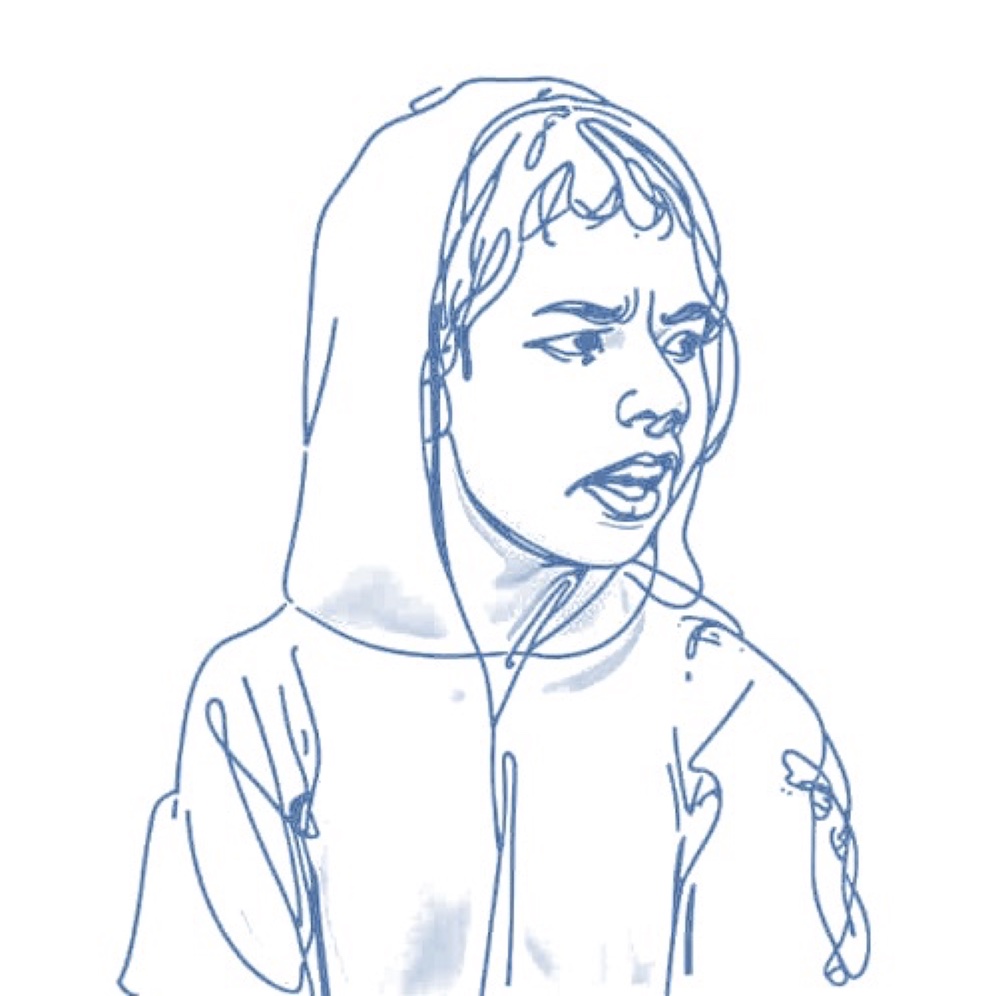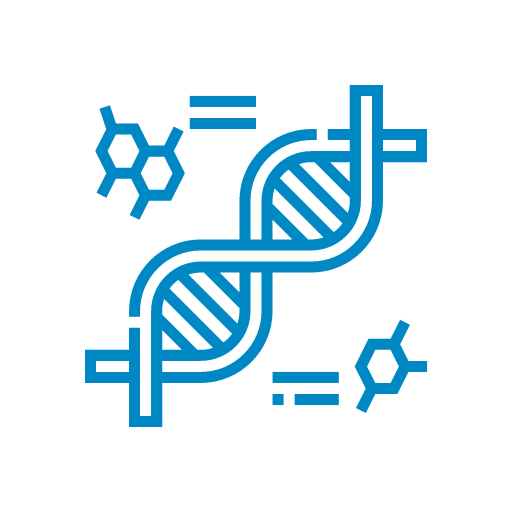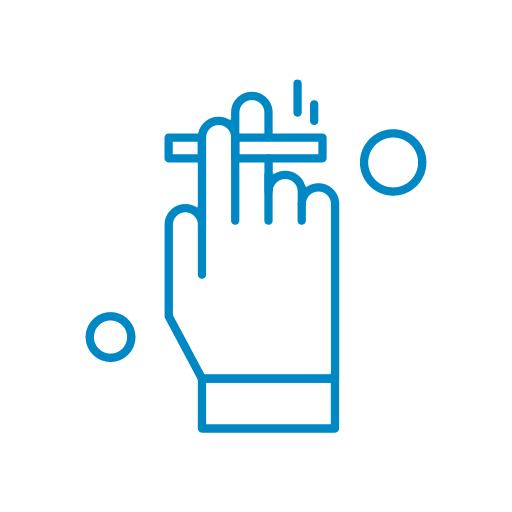Home / Conduct Disorder
Conduct Disorder
Conduct disorder is common, serious and treatable. Learn more about its underlying causes and explore strategies for managing and improving outcomes for children affected by this condition.
What is Conduct Disorder?

Conduct disorder (CD) is a common, serious, and treatable mental health condition that affects children and teenagers under the age of 18. Children and teens who have conduct disorder do things that harm other people or violate their rights. For example, they may start fights, threaten people, steal, lie, or destroy others’ property.
Conduct disorder is fairly common. Scientists believe that about 4% (and maybe as many as 10%) of children and teenagers have conduct disorder. Conduct disorder occurs in children of both genders, but it is more common in boys. About 3-4% of boys and about 1-2% of girls will develop conduct disorder during childhood.
Symptoms of conduct disorder can emerge at any point in childhood. However, it is most likely to emerge between the ages of 5 and 13.
Callous-unemotional traits
Some children with conduct disorder also have callous-unemotional traits, or CU traits. Children with these traits show less guilt, remorse, and empathy than other children. They may seem cold and unaffectionate and may not seem to care when others are upset or hurt. Between 30% and 50% of children with conduct disorder also have callous-unemotional traits. Mental health providers sometimes refer to these traits as “limited prosocial emotions.”
Learn the Signs of Conduct Disorder
A sign is an objective, observable behavior or trait that can be recognized by other people. Signs of conduct disorder include:
- Starting physical fights
- Bullying or threatening people
- Lying to people or manipulating them
- Destroying other people’s things
- Stealing things from people, homes, or stores
- Being cruel to animals
- Starting fires
Signs of callous-unemotional traits (or limited prosocial emotions) include:
- Not showing remorse or guilt after doing something wrong
- Callousness and lack of empathy
- Not caring about performance in school
- Not experiencing or expressing emotions like fear, sadness, or love
What Causes Conduct Disorder?
The causes of conduct disorder are complex. Many scientists now believe conduct disorder is a neurodevelopmental disorder. A neurodevelopmental disorder emerges when the brain develops differently than it does in typical children, causing persistent problems with a child’s thinking, emotions, and behavior.
Like other neurodevelopmental disorders, conduct disorder results from a combination of both genetic and environmental factors (“nature” and “nurture”).

Genetic Risk Factors
Genetic factors account for about half (50%) of the risk that a child will develop conduct disorder. This means a child is more likely to develop conduct disorder if they have one or more biological relatives who also had conduct disorder (or another disorder of aggression).
There is no “conduct disorder gene.” Many thousands of genes affect human brain development. Children with conduct disorder may carry an unusually high number of genetic variants that increase their risk of developing the disorder. Some of these genes may affect the way the child responds to specific environmental factors.

Environmental Risk Factors
Some environmental risk factors for conduct disorder affect how a child’s brain develops in the uterus. These prenatal risk factors include:
- Maternal smoking
- High levels of maternal stress
- Exposure to high amounts of alcohol
- Exposure to medications like acetaminophen
Some environmental risk factors affect how the brain develops during childhood, or affect how a child learns to behave. They include:
- Birth complications that result in intellectual disability
- Poverty or low socio-economic status
- Being abused or neglected
- Exposure to community violence
- Exposure to delinquent peers (in adolescence)
- Low reading ability (assess your child’s reading level)
Risk factor or cause?
A risk factor is not the same as a cause. Some children may have environmental risk factors for conduct disorder but not develop the disorder. Some children with conduct disorder do not have any environmental risk factors.
It is important to understand this distinction because parents are often still blamed for causing their child’s conduct disorder. This is very similar to the way other neurodevelopmental disorders like autism and schizophrenia were blamed on parents (especially mothers) in the past. Mothers of children with autism were once called “refrigerator mothers.” Mothers of children with schizophrenia were once called “schizophrenogenic mothers.”
We now know these disorders are not caused by bad parenting. The causes of these disorders are complex and influenced by genetics. At the same time, it is important to recognize that parents can play an important role in helping children improve. Therapies in which parents are taught specific techniques to help their children are essential for treating neurodevelopmental disorders, including autism spectrum disorders and conduct disorder.
How is Conduct Disorder Diagnosed?
If you are concerned your child may have conduct disorder, ask your child’s doctor, school nurse, or social worker for a referral to a child psychologist or child psychiatrist. These are experts in diagnosing disorders such as conduct disorder. They will try to make sure that the child’s behavior is not just a reaction to a major life event (for example, a move, a new sibling, or exposure to trauma), but indicate a real disorder. They will also screen your child for other mental health conditions. Mental health conditions that are common in children who also have conduct disorder include oppositional defiant disorder (ODD), attentional deficit-hyperactivity disorder (ADHD), and intellectual disabilities.
Sometimes mental health professionals avoid giving a child a diagnosis of conduct disorder because they are worried parents will be unhappy about the diagnosis. But receiving a correct diagnosis is important for selecting the best treatment.
You can complete our screening tools to assess if your child may be at risk for conduct disorder and/or callous-unemotional traits.
If you are having trouble finding a psychologist or psychiatrist, please see our provider list.
How is Conduct Disorder Treated?
Conduct disorder is treatable. This means that there are therapies and medications that can reduce symptoms of conduct disorder. In some cases, symptoms improve so much that the child no longer qualifies for a diagnosis of conduct disorder. Treatment for conduct disorder is usually more effective the younger the child is when treatment begins. Without treatment, children with conduct disorder are at risk for developing antisocial personality disorder (ASPD) or other serious mental health disorders in adulthood.
Family focused therapies
The most effective forms of treatment for conduct disorder include family-focused therapies. These are forms of behavior therapy in which parents work directly with a clinician who trains them to use special approaches to manage and improve their child’s behavior at home. These therapies include:
- Parent Child Interaction Training (PCIT)
- Parent Management Training (PMT)
- Multi-Systemic Therapy (MST)
- Family Check-Up (FCU)
Medication
No medications have been specifically created to treat conduct disorder. However, some medications that were created to treat other disorders can also help children with conduct disorder. These medications include:
Residential treatment
Some children with conduct disorder show such challenging and aggressive behaviors that they cannot safely live at home. These children may have tried other forms of therapy that did not successfully improve their behavior. For these children, residential treatment may be the best option.
References
For more information about conduct disorder, please see these references:
- Fairchild et al. (2019). Conduct disorder.
- Child Mind Institute. Quick Guide to Conduct Disorder.
- Rivenbark et al. (2018). The high societal costs of childhood conduct problems: Evidence from administrative records up to age 38 in a longitudinal birth cohort.